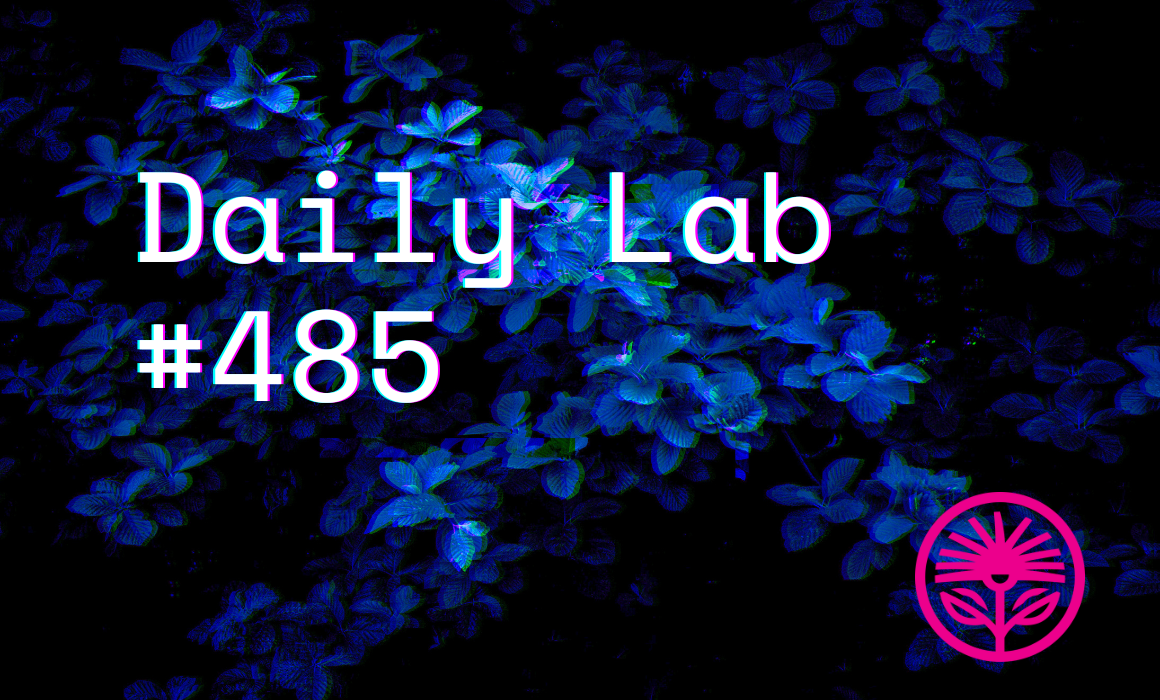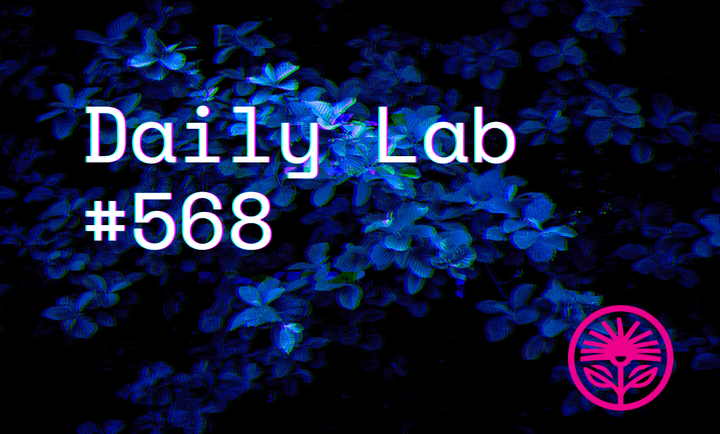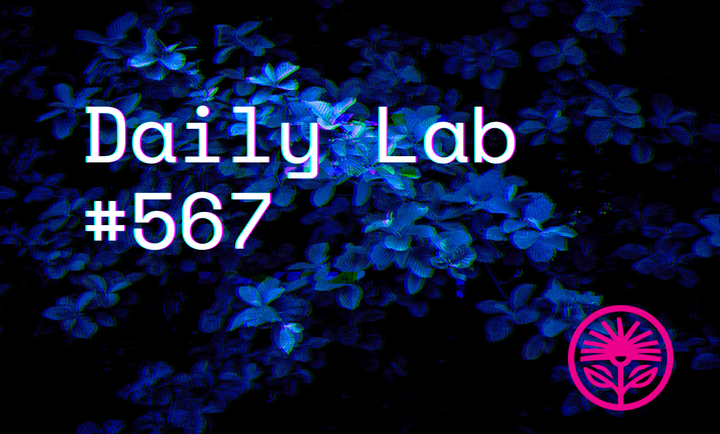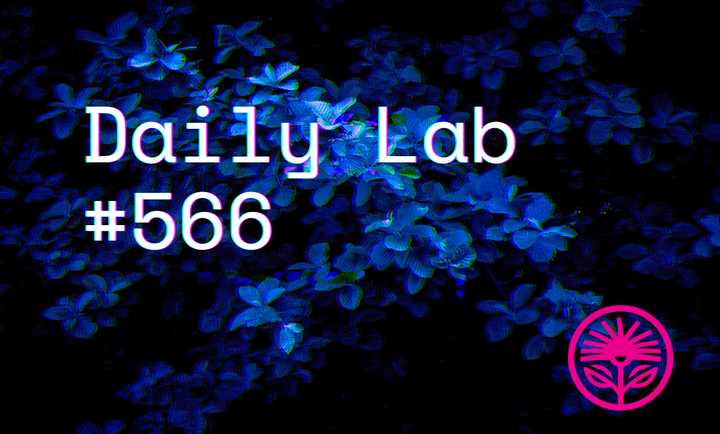Can you compress your content? — Kelford Labs Daily
By using metaphors?

I’ve been working from a riverside cottage these past few days.
Staring out at the blissfully still water, watching eagles soar and scour for prey and neon sunsets paint pink-orange streaks across the glassy surface.
Hearing dogs playing at the cottage across the river, barking and splashing in the water along the rocky shore.
Each began as a moment in time, a sound wave, a ray of light, a simple physical phenomenon made important by my own attention and interest.
And now, I sit and wait to see and hear them again, as I manifest the intent to experience more.
And it’s making me think about communication at and over a distance.
How the water seems to reflect and amplify the sights and sounds around me, as if they’re directed toward me.
As if everything that’s going on in the environment is somehow about me.
And I’m thinking about compression.
About how McLuhan says that “Metaphor is a kind of compression. It means, literally, translate or carry over. To carry something over from one area into another area, you have to look at one situation through another situation.”
Thinking about John H. Holland in Emergence saying, “models and metaphors enable us to see new connections.”
Thinking about Joshua Foer in Moonwalking with Einstein writing, “When information goes ‘in one ear and out the other,’ it’s often because it doesn't have anything to stick to.”
Creating marketing content can feel like a chore because we feel like we’ve got to communicate everything we know, all at once.
That we’ve got to be technical, formal, and polished so people know we’re credible.
But what actually makes us credible is our ability to be understood.
To make connections between what we know to be true and what our prospects believe to be right.
Occasionally, it’s fun to flex our technical skills by dropping some jargon or diving into the weeds of detail.
But, most of the time, we want to step back, observe what our audience already thinks and find ways to connect our expertise with their experience.
By compressing what we know into a metaphor they can appreciate and understand.
It’s like that eagle, that orange-pink streak of sunset’s light, or those rambunctious dogs playing along the shore:
It wasn’t the technical detail behind the process of flight that got my attention, it was the image of the eagle and the powerful whoosh of its wings.
But I spent a few minutes wondering about the amount of lift it can generate once I witnessed its size and power.
It wasn’t the physics of light and photons that initially got my notice, but once I was transfixed by the fiery ball of fusion setting fire to my vision, I thought about the process of refraction and reflection and how the light made its way to me.
It wasn’t the thought of sound waves bouncing off the water that made me look up from my laptop, but once I found myself delighting in the joyful barking, I wondered how those sound waves could travel so far, with such fidelity, across the waveless water of the river.
Before we can dig into the details, we need to care about the big picture.
And so does your audience, so do your prospects.
We need to compress what we know into a metaphor that can grab their attention, gain their interest, and generate some intent to learn or experience more.
Now, I sit and listen and watch and wait for the sunset, the eagle, the dogs to come back.
Because they first got my attention by being beautiful, powerful, joyful.
And now they’ve got me looking for them.
So think about your marketing content this way, today:
Are you starting with the details, the technical complexities, the deep and important facts behind what you do?
Or are you starting with metaphor, with visualization, with examples and ideas and expressions that will delight, interest, or amuse your audience?
Because the sun will set again tonight.
The eagle will fly by again as it heads out to hunt.
The dogs will be back on the shoreline, playing and barking and running up and down the rocky beach.
And I’ll be waiting for them, excited to see, hear, and feel more.
Because everything that makes them amazing was compressed into an experience I enjoyed.
So, what of your content?
Is it beautiful? Is it joyful? It is powerful?
Enough to get attention, interest, and intent?
Enough to get noticed?
Enough to have your audience waiting and wishing for more?
Reply to this email to tell me what you think, or ask any questions!
Kelford Inc. shows experts the way to always knowing what to say.



